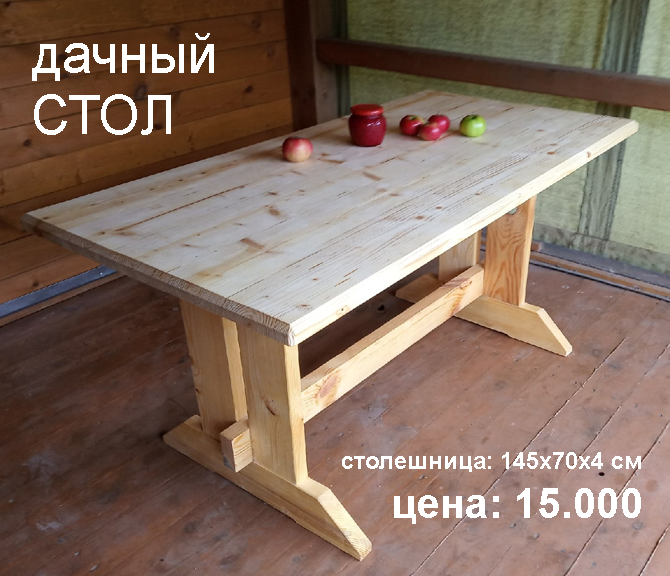
Ragtime
- Подробности
- Категория: Jazz
Piano ragtime began to be published in the late 1890s. It was immediately successful and subjected to various kinds of popularization, almost all of which have continued. It was (and is) sometimes played fast and shallow, with deliberately still rhythms, on a jangling prepared piano -- so much so that it is difficult to convince some listeners that the early ragtime composers were highly gifted melodists and serious craftsmen who produced an admirable body of musical art.
Ragtime was basically a piano keyboard music that Gilbert Thomas said was an "Afro- American version of the Polka." Somewhere in the background of the music is the Sousa style march, thus the first great ragtime composition, Maple Leaf Rag, by the first great ragtime composer, Scott Joplin, was built on four melodies, or themes. If we assign a letter to each theme, the structure of Maple Leaf Rag comes out to ABACD. In ragtime, these themes were sixteen measures like their European counterparts.
There is every reason to believe that a rich body of Afro-American inspired music preceded ragtime, although there are no recordings from those years. Certainly the cakewalk, an Afro-American dance initially based on an elegant, stylized parody of Southern white courtly manners, preceded it, and there was published cakewalk music, although publishers in those days were not quite sure how to indicate its rhythms properly. But ragtime introduced, in the accents of its right-hand melodies, delightful syncopation onto the heavy 2/4 oompah rhythm of its cakewalk-derived bass line and almost immediately became a kind of national, even worldwide craze.
The first true ragtime composition was published by William Krell called "The Mississippi Rag" in 1897. Tom Turpin, the first published African American composer wrote "The Harlem Rag" the same year. Over the cores of Ragtime’s initial popularity, a number of composers merged as the voice of this musical form, namely James Scott, Louis Chauvin, Joseph Lamb and Scott Joplin.
Little is known of the early development of Ragtime, however it is clear that it surfaced after years of evolution in the latter part of the nineteenth century. Ragtime has been traced to minstrel shows and cakewalks as early as 1895. The cakewalk, originated in the Caribbean’s, arrived in the United States as a syncopated music form based on a march, the polka and a two-step. Once Ragtime emerged as a unquiet musical form, it became a strong base for the music that lay ahead of it, jazz.
By the early 1900s, Ragtime was no longer being performed by a solo pianist. Small orchestras, military bands and piano-banjo combos were among the earliest recordings of Ragtime, which added elements that alluded to popular dance bands of the Dixieland, New Orleans and Swing styles yet to be developed. An individual musical voice was being established in America, it was an exciting era of development and change.
Main menu
Anthology
Sheet Music Archive
 lesson 1lesson 2lesson 3
lesson 1lesson 2lesson 3

